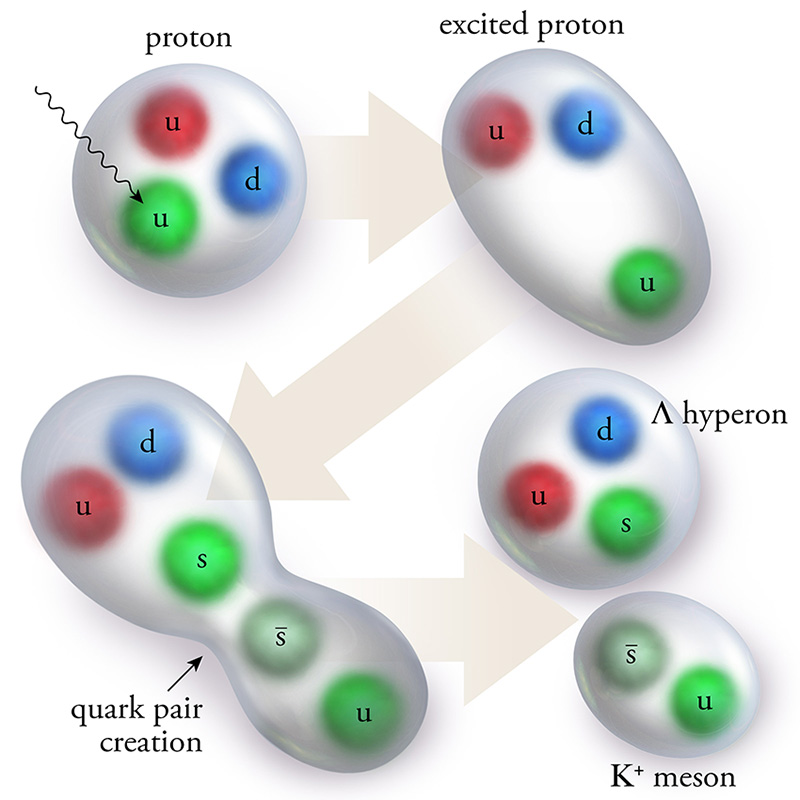
Laser Detection of Actinides and Other Elements
New technique measures uranium, thorium, and palladium with efficiencies up to 500 times greater than current standard.

New technique measures uranium, thorium, and palladium with efficiencies up to 500 times greater than current standard.

New scalable cost-effective ultracold neutron detector has many applications.

The proton's primary building blocks, up and down quarks, are produced more often than strange quarks in scattering experiments.

Particles colliding at nearly light speed reveal information about the true nature of matter.

Scientists shed new light on a proton's spin, refining our understanding of nuclear physics.

Upgraded capabilities ready to explore quarks and gluons ready at the Large Hadron Collider.

New research could change our view of neutron stars and other systems with neutron-rich nuclei.

First description of common particle’s properties provides insights into the nature of the universe.

New detector component picks up particles composed of heavy quarks to probe primordial quark-gluon plasma.

Researchers count the number of radioactive krypton-81 atoms remaining in ice using a laser trap.

The recently upgraded CEBAF accelerator delivers its highest-energy electron beams into a new experimental complex for the first time.

An optimized nuclear force model yields a high-precision interaction with an unexpected descriptive power.
Signup for the Office of Science’s GovDelivery email service, and check the box for the Nuclear Physics Program in your subscriber preferences.
Subscribe